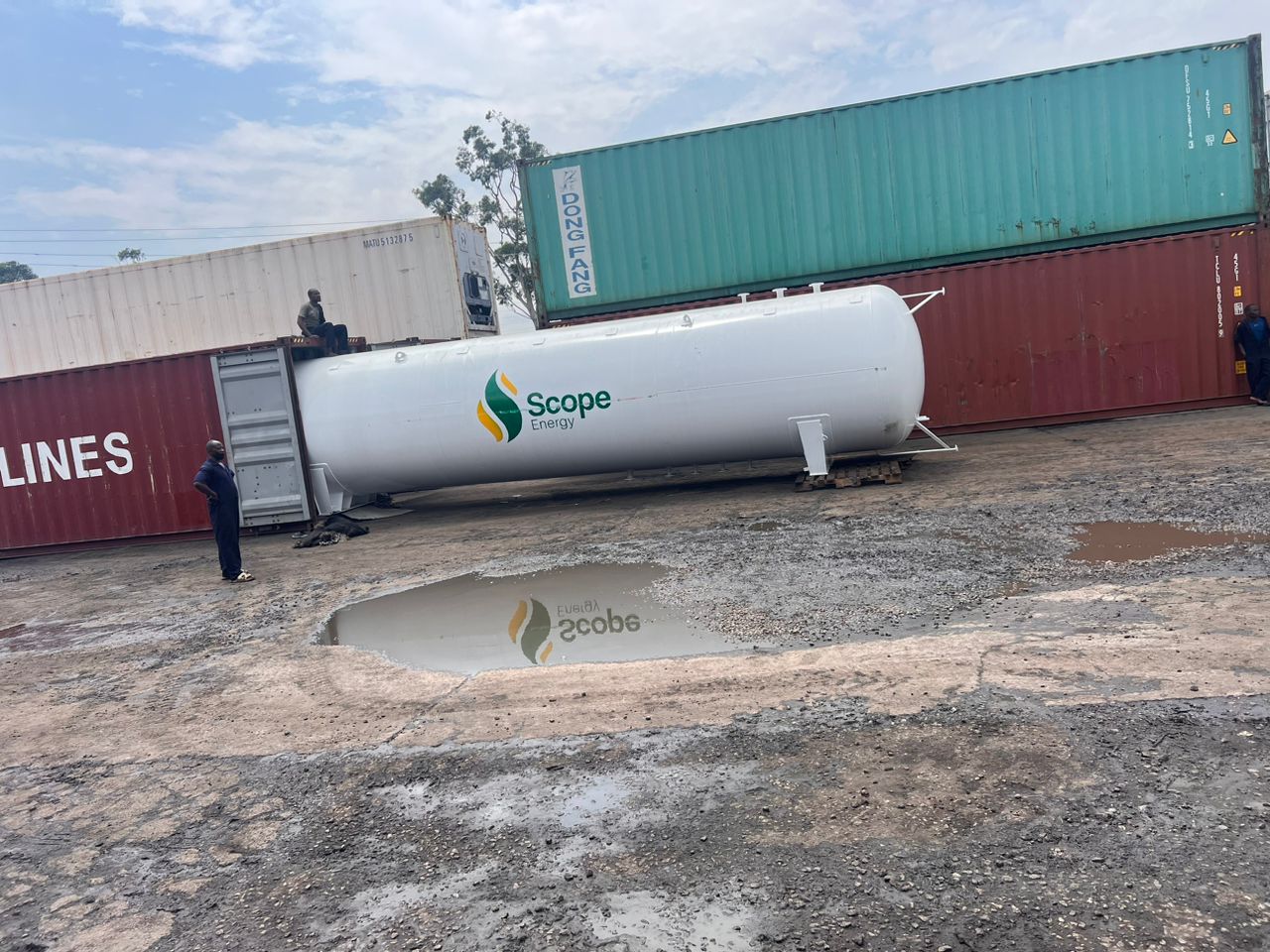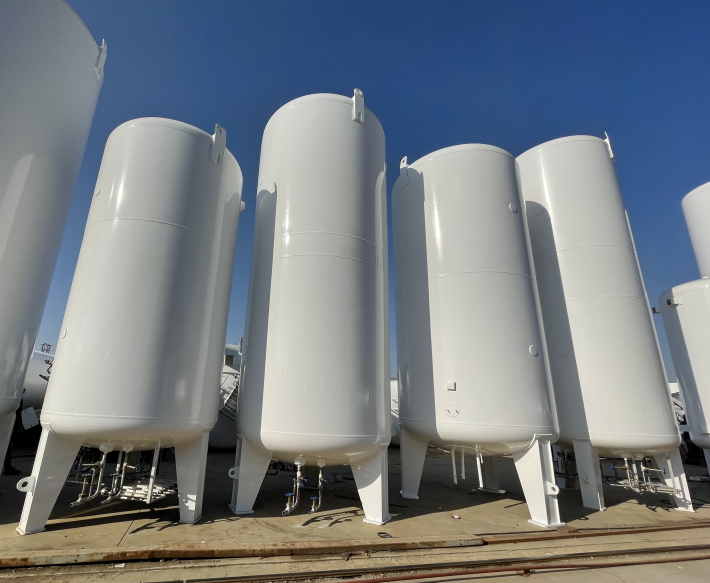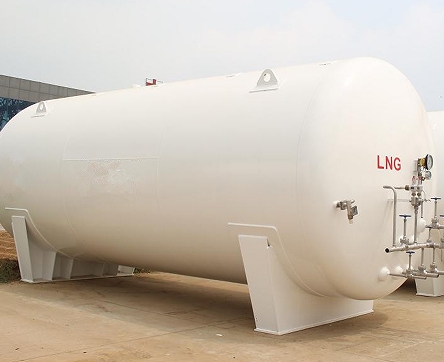Microwave nondestructive testing of LNG tanks
Microwave nondestructive testing technology began in the 1960s. Microwave nondestructive testing technology is to irradiate electromagnetic waves of a certain frequency in GHzMHz3300~330 to the object to be tested.
Microwave nondestructive testing technology began in the 1960s. Microwave nondestructive testing technology is to irradiate electromagnetic waves of a certain frequency in GHzMHz3300~330 to the object to be tested. Natural gas tanks analyze the changes in the amplitude and phase of reflected waves and transmitted waves, the changes in the wave mode, and the analysis of scattered waves to understand the defects such as cracks, cracks, pores, debonding of layered media, the position and size of inclusions, and the unevenness of the internal density of composite materials. Microwave nondestructive testing technology can be divided into three categories according to the detection principle: reflection wave method, transmission wave method and scattered wave method.
Due to the characteristics of microwaves themselves, such as its short wavelength, high frequency, and strong ability to penetrate dielectric materials, microwave nondestructive testing can perform nondestructive scanning of LNG tanks and provide data to quantify the defect area; in particular, without special analysis and processing, a real-time three-dimensional image of the defect area can be obtained. Its advantages also include simple instrumentation, simple operation, easy to carry, low cost, and microwaves do not require coupling agents, which avoids the contamination of coupling agents on materials. Its limitation is that microwaves cannot penetrate metals and composite materials with good electrical conductivity, so they can only be used to detect crack defects and roughness on the metal surface of storage tanks, but cannot detect internal defects of such composite structures.


























